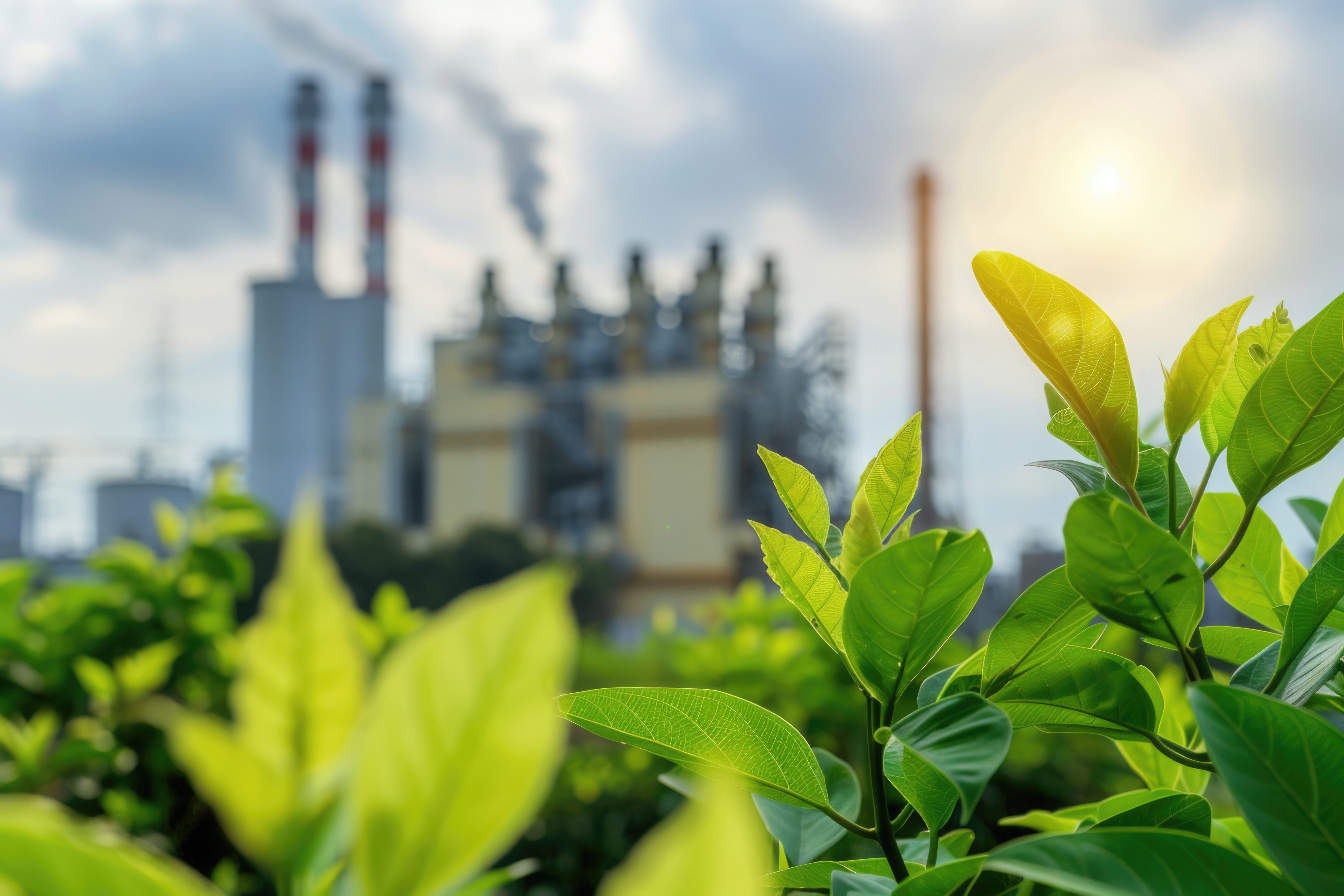Know the Factors Affecting Coal Quality with Testing
You must know the types of coal commodity which is vital to support industrial needs. In addition, the analysis and testing process for the quality of coal is also important so that it can become a parameter of its value and quality.
Coal is well-known as a mining material derived from sediments of organic plant matter that are buried and decayed for a long time. The formation of this mineral has gone through various processes of decay and forms a high carbon content. It is not surprising that this one mineral is very valuable.
Types and Quality of Coal
If you are a party that needs the best natural commodity on this one, then you need to know the various types of coal. Variations in the types of coal are influenced by the level of the formation process, degree and quality. There are 5 types of coal that you need to know, namely:
1. Peat
The type of coal that is still in the early phase of coal formation. The sediment which still shows its basic ingredients, namely plants, makes this type of the lowest value. Because the water content is still above 75% and the carbon value is low.
2. Lignite or Young Coal
Lignite or young coal is the second type of coal. This one deposit is also still of low value and minimal carbon content. The reason is because the water content is still high so that the heat energy released is still low. However, it can still be used as an energy source.
3. Sub-bituminous
A type of coal that is black in color and contains wax. Enough to be used as fuel and combustion. However, the carbon content is still low due to the high water content.
4. Bituminous
Having the characteristics of being dense, black, brittle and in the form of prismatic lumps makes this type of coal useful for industrial needs. For example, for transportation needs because the carbon content is up to 86%.
5. Anthracite
The most highly graded type of coal is anthracite, which has up to 98% carbon element. Its physical characteristics are black, shiny and hard. Used for industries that require high temperatures in combustion.
Coal Testing Analysis
Testing the quality of coal requires a process called analysis of coal testing. There are 3 processes of coal testing analysis that you can find out, namely approximation/proximate analysis, elementary/ultimate analysis and other analyses.
First, the approach analysis aims to determine the moisture content of water in the coal. Second, elementary analysis is carried out to determine the levels of carbon, hydrogen, oxygen, sulfur and nitrogen in the coal.
Typically, this analysis is performed by a special tool connected to a computer. The final test analysis aims to determine the calorific value, total sulfur and ash content in the coal.
Quality Parameters of Coal
When you want to know the quality parameters of coal, you can see it during the coal combustion process. Later you can see if the analysis goes into the proximate or ultimate approximation.
You should also know that this quality parameter test can be carried out by a company that has good certification.
Coal physical testing serves to measure the quality and usability of the coal itself. There are 5 quality parameters of coal that you should know, namely:
- Moisture Content (IM)
- Ash Content (ash)
- Flying Substance (VM)
- Fixed Carbon (FC)
- Calorific Value (CV)
Therefore, testing and analysis of coal quality is very important to do. The goal is to know the value and function of the coal itself. There is a company that provides testing services for good quality coal products, namely SUCOFINDO which you can choose. For further information about Coal Mining Sector. You can read our article here. If you and your company need further information regarding our services, contact and consult about it here.







